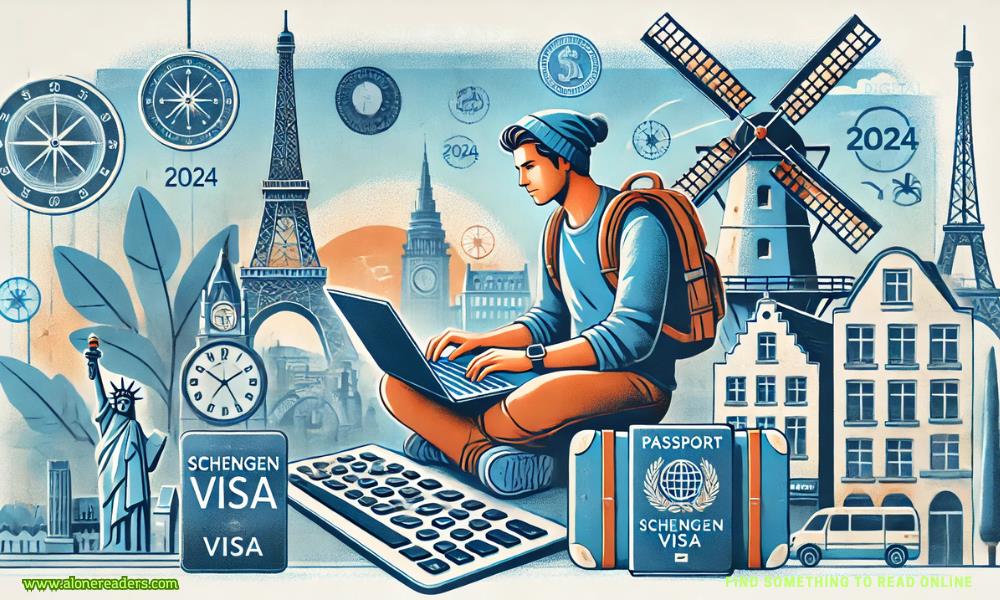
The Schengen Area comprises 27 European countries that have abolished border controls between them. A Schengen Visa allows travelers to stay within these countries for up to 90 days within a 180-day period. While there isn't a specific "Schengen Visa for Digital Nomads," remote workers can utilize certain visa types to legally stay and work remotely in these countries.
Several Schengen countries have introduced digital nomad or remote work visas tailored for non-EU citizens who wish to live in Europe while working remotely. Countries like Estonia, Germany, Portugal, and Spain offer such opportunities.
While requirements vary by country, common prerequisites include:
Choose Your Destination Country: Decide which Schengen country aligns with your lifestyle and work needs.
Gather Required Documents: Collect all necessary paperwork as per the country's guidelines.
Fill Out the Application Form: Available on the respective government's official website.
Schedule an Appointment: Book a slot at the nearest embassy or consulate of your chosen country.
Attend the Visa Interview: Bring all your documents and be prepared to answer questions about your stay.
Await Approval: Processing times vary but generally take between 15 to 60 days.
Conclusion
Embarking on a digital nomad journey in the Schengen Area is an exciting opportunity to explore Europe while maintaining your remote work lifestyle. By understanding the visa requirements and application process, you can ensure a smooth transition to your new adventure.